AO Edited
Biltmore Estate's Secret Passages
The enormous 250-room Vanderbilt mansion conceals hidden doors and secret passageways.
With 35 bedrooms, 43 bathrooms, 65 fireplaces, and nearly 180,000 square feet, the enormous Biltmore Estate has plenty of places to hide.
The Biltmore Estate was built as the ultimate indulgence of George Washington Vanderbilt II, a descendant of Cornelius “The Commodore” Vanderbilt, the builder of Grand Central Terminal in New York City and a pioneer of the Gilded Age in America. It was designed with several concealed doors, hidden passageways, and secret rooms, which blend in seamlessly with the decor so that they are not noticeable to the untrained eye.
In the late 19th century, these behind-the-scenes spaces were used to provide the Vanderbilts and their guests with some added privacy or to conceal the movement of servants moving in and out of the mansion’s common spaces.
In the Breakfast Room, the mansion’s “informal” dining room, there is a camouflaged door hidden in the wall behind the table. It leads to the butler’s pantry, which servants would slip in and out of while carrying meals. You can just make out the door frame behind the two Renoir paintings that hang on the wall. A doorknob sticks out below the right-hand corner of Renoir’s Child with an Orange.
The estate’s massive library, apart from being a bibliophile’s dream, also houses a secret passageway that leads to the guest bedrooms. A balcony wraps around the second story of the library, and on it are two doors to the hidden hall. The library also hides a tiny room known as the “Den.” The easily missed door is obscured by a carving of St. Peter the Martyr. It leads to a mysterious room that may have been used as a quiet place to read and write, a special little oasis within the giant home.
Another hidden space is found in the Billiard Room. A wooden door beside the fireplace leads to the Smoking Room, where the men would retire for brandy and cigars. Additional hidden treasures include a trap door in the floor of the Winter Garden (where tropical plants were housed in the wintertime), and a concealed closet in Vanderbilt’s own bedroom, decorated to blend in with the rest of the wall so as to not disrupt the careful decor.
The estate also boasts one underground tunnel in Antler Hill Village (located three miles from the house) that used to be part of the Biltmore Dairy Barn. The stone tunnel leads to a winery.
Know Before You Go
The Biltmore offers several different tours of the estate. Contact them directly to inquire about which tours include the house's hidden spaces.


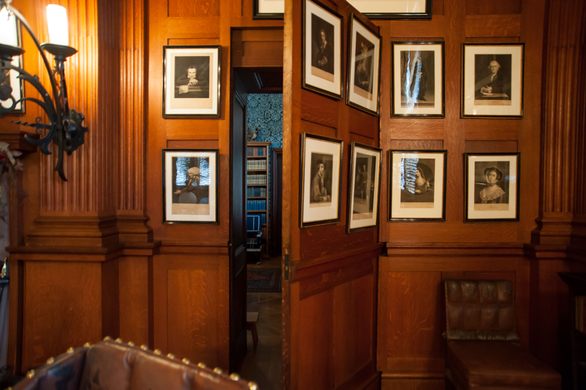





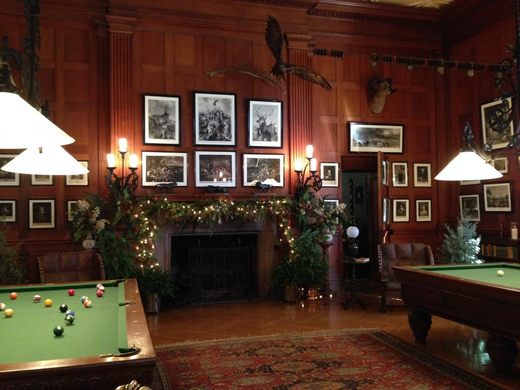




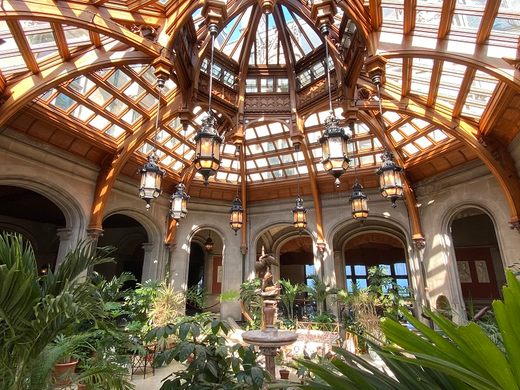
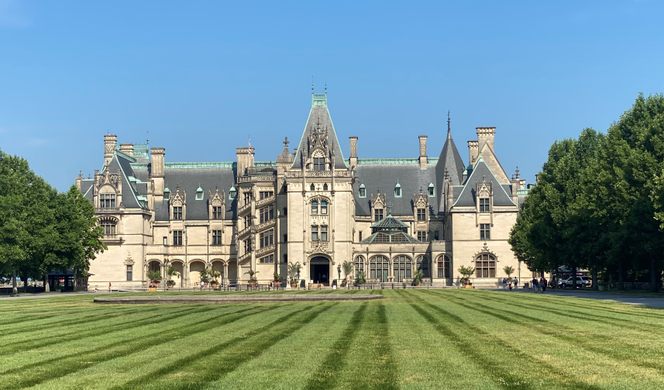

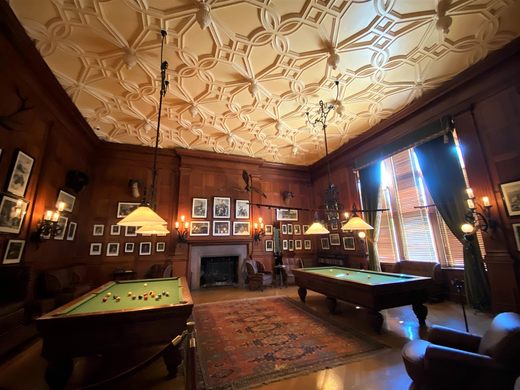








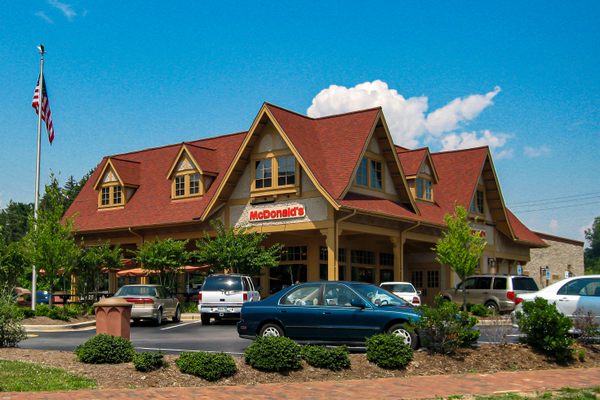



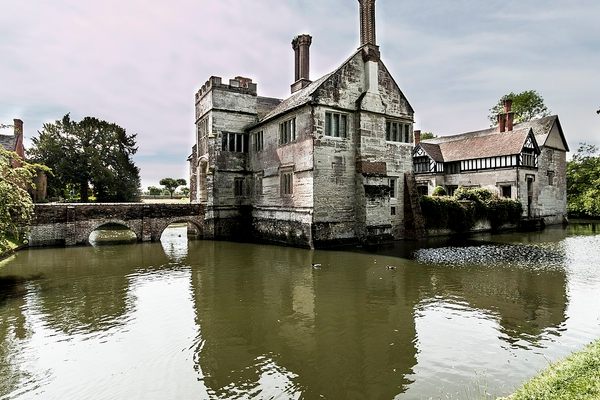




Follow us on Twitter to get the latest on the world's hidden wonders.
Like us on Facebook to get the latest on the world's hidden wonders.
Follow us on Twitter Like us on Facebook